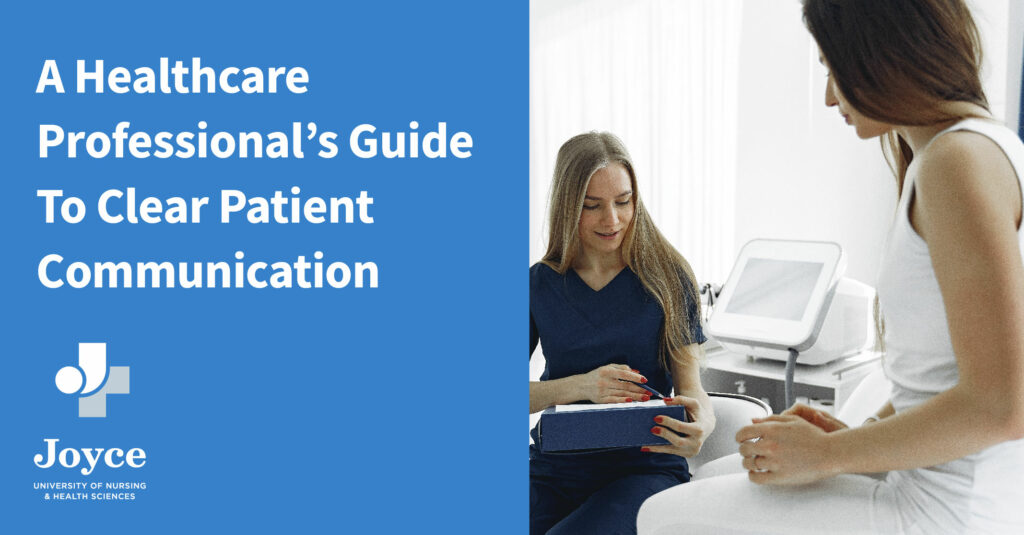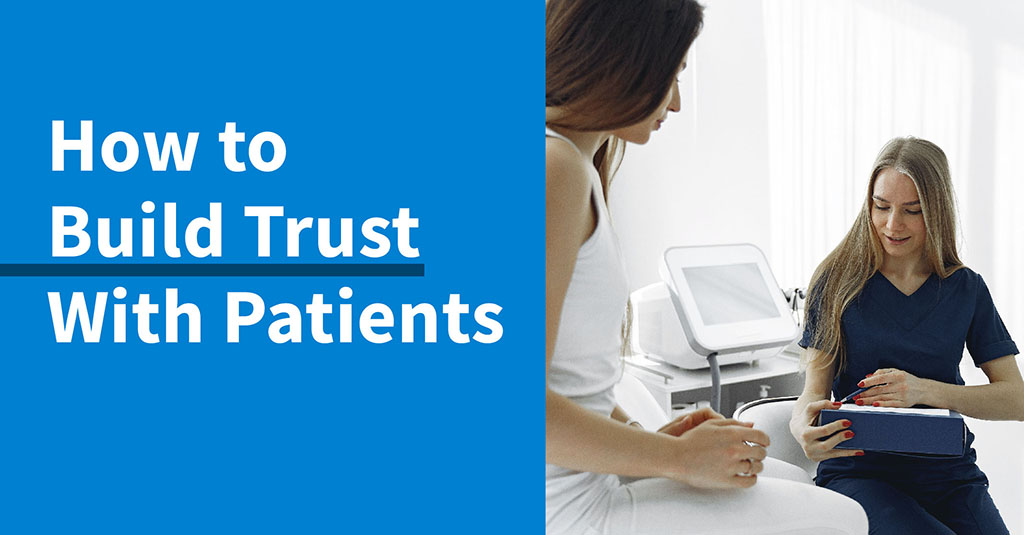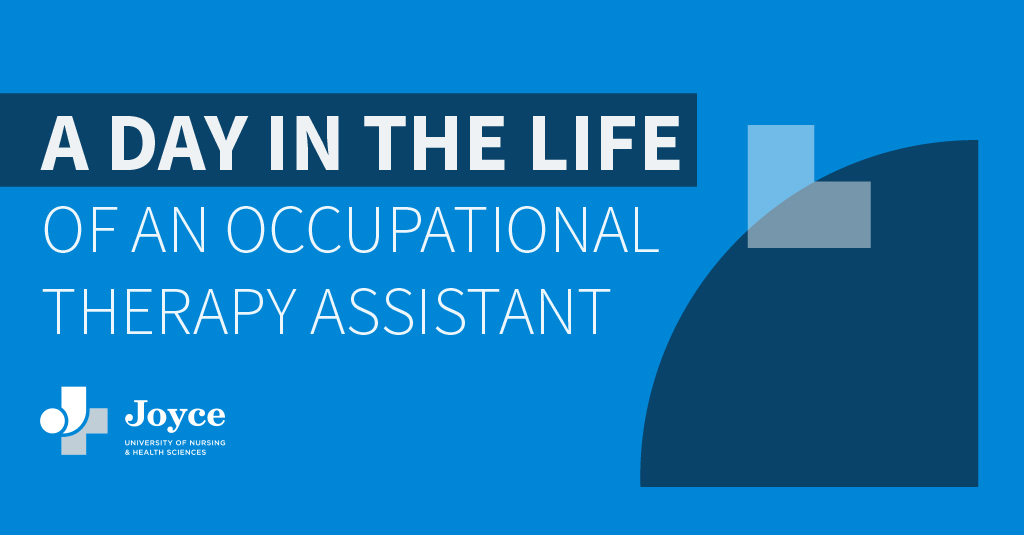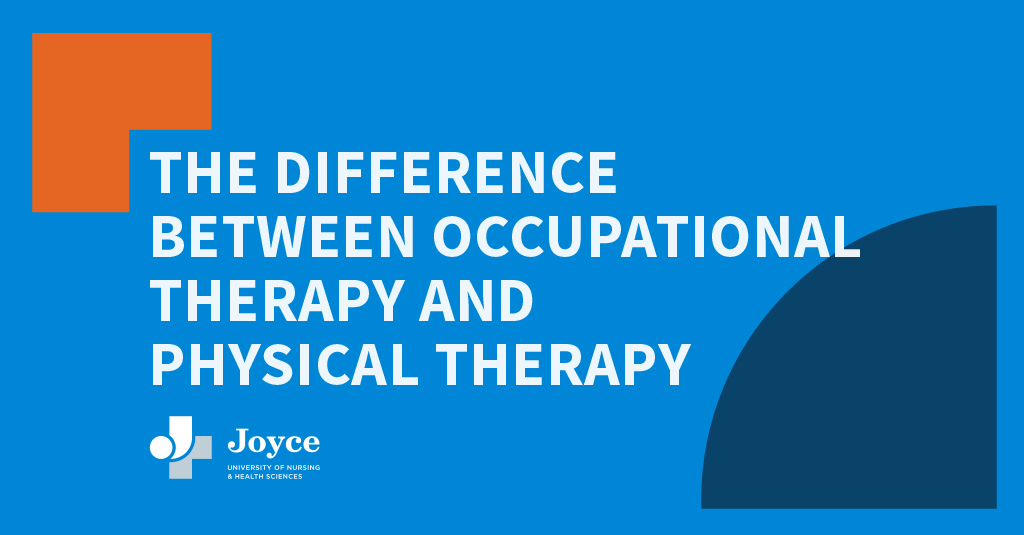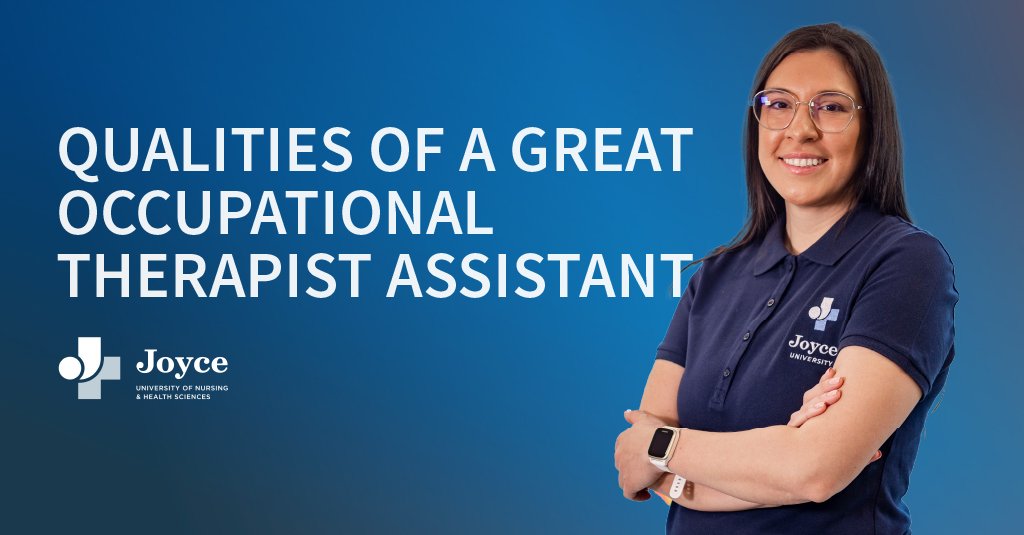A Healthcare Professional’s Guide to Clear Patient Communication
Staff WriterApr 27, 2022
Communication is the number one trait for building relationships, gaining trust, and getting the outcome you want. It’s also one of the most critical skills healthcare workers need to care for your patients. When patients don’t understand their nurse or healthcare professional, it can cause unneeded stress, confusion, anger, or even serious harm.
Take the example of the Dallas, Texas, Ebola patient. He was misdiagnosed — due to the lack of communication between hospital workers — with a common infection and was sent home, where he inadvertently spread the deadly virus. In fact, most Americans will be misdiagnosed at least once in their lives — 98,000 fatally per year — and a major factor for misdiagnosis is poor communication.
Putting patients at ease and communicating on their level, whatever that might be, is the best way to foster understanding.
The Pain Scale: Descriptive Pain Communication
Good communication is about articulating what you mean, but also includes using broad, descriptive vocabulary — especially when it comes to pain. It’s not enough to ask whether something hurts and how much, because people experience pain differently.
The pain scale is a popular way to measure pain because it is descriptive and allows for individual patient experience. It can be easily understood by children, people with cognitive impairment, and others with literacy challenges. It’s also a great way to talk about pain because it’s inherently subjective; what causes one person to cry in agony might merely be an irritation to someone with a higher pain threshold. The personal experience of pain is an important part of a patient conversation.
Related resource: 5 Ways Nurses Can Build Rapport With Patients
Avoid Abbreviation
Most medical professionals can probably have entire conversations using only abbreviations. For people outside the medical field, however, it might as well be another language. The abbreviations might have more than one meaning to a patient, or, worse, a she might misunderstand what the abbreviation stands for. In fact, the Joint Commission published an official “Do Not Use” list of abbreviations with an extensive explanation of the many mistaken meanings of common abbreviations.
The Institute for Safe Medication Practices and many others are strong advocates for limiting or eliminating the use of abbreviations entirely when communicating with patients.
Instead of abbreviations, use whole terms. Enunciate clearly, and be willing to repeat yourself until your patient clearly understands your direction. This includes in-person conversations as well as phone and written instructions.
Related resource: The Do’s and Don’ts of Charting and Documenting as a New Nurse
How to Ensure Comprehension
There are several ways to make sure your patients understand what you mean. One common way to reinforce understanding is the “Ask Me 3” technique. During the visit, provide your patient with a printed Ask Me 3 form and instruct them to write down the answers to these three questions during their visit:
- What is my main problem?
- What do I need to do?
- Why is it important for me to do this?
It sparks a conversation that requires your patient to be actively involved in their own care, and offers a written record of the conversation.
Other ways to ensure comprehension:
- Avoid medical jargon.
- Make eye contact.
- Position yourself on the patient’s level when talking.
- Ask the patient to repeat instructions back in their own words.
At Joyce University, we know good, clear communication is the foundation of quality care. Whether you’re beginning your healthcare journey with our ASN program, pursuing a 3 year BSN degree or accelerated BSN program, advancing through our RN to BSN program, or reaching higher with an MSN degree, you’ll develop the essential communication skills needed to provide excellent patient care. Begin your journey to becoming an effective healthcare communicator by exploring nursing school.
Nursing
Learn MoreAdmissions
Learn MoreApply Now
Request Info
